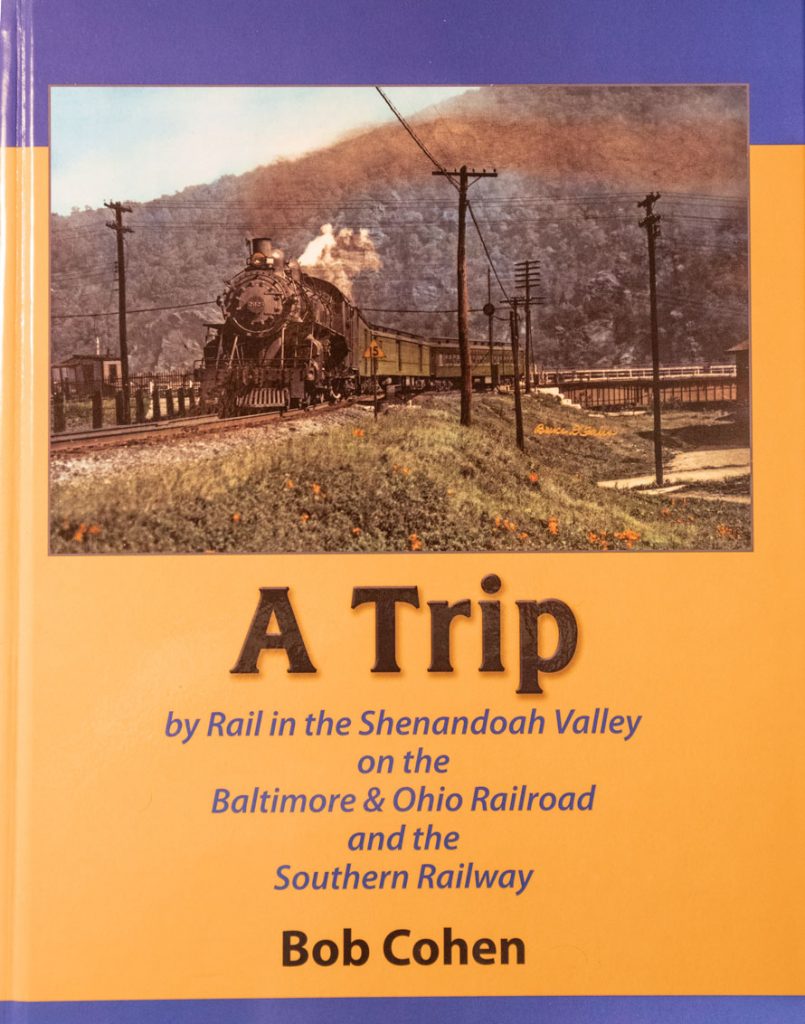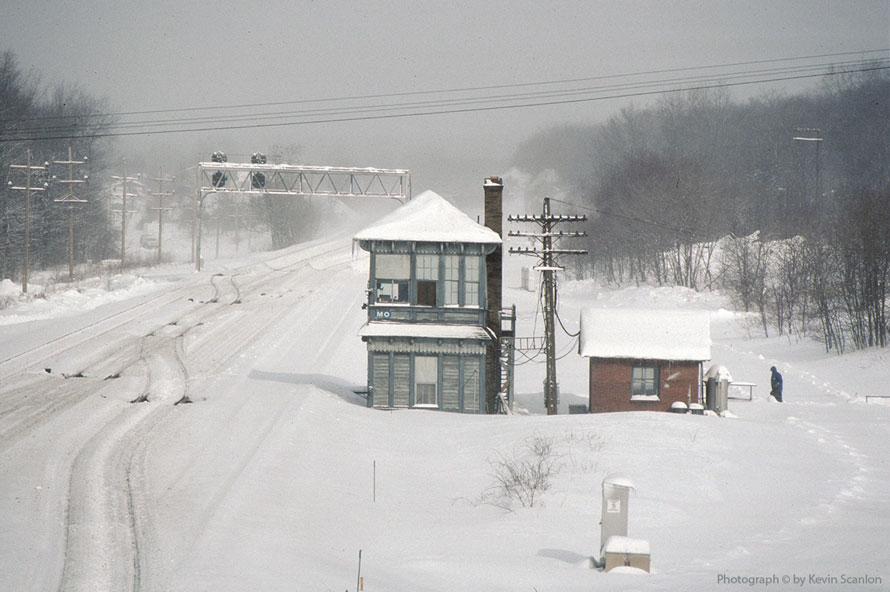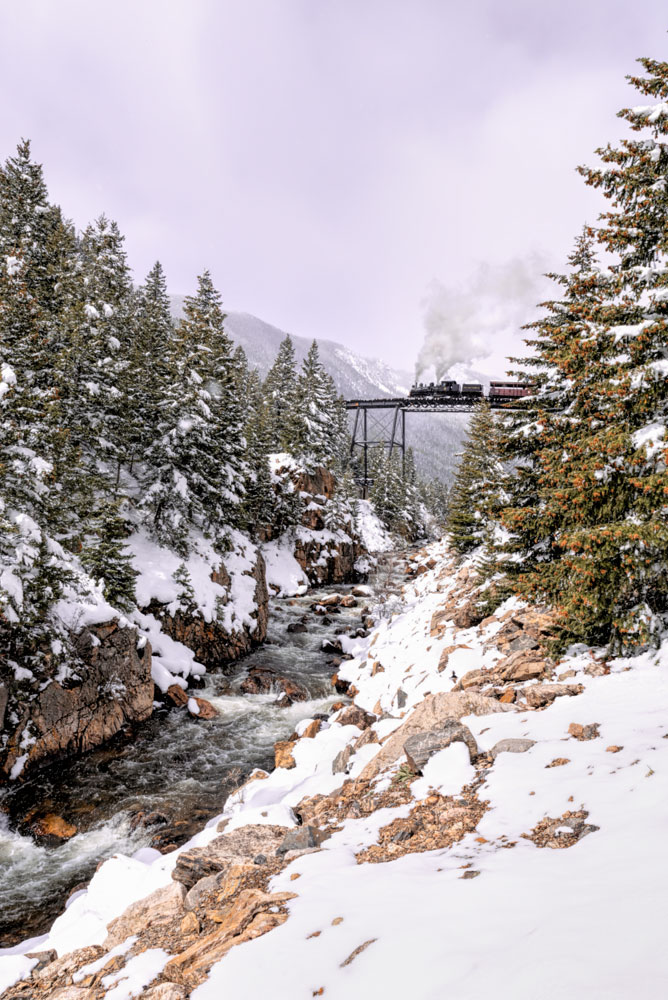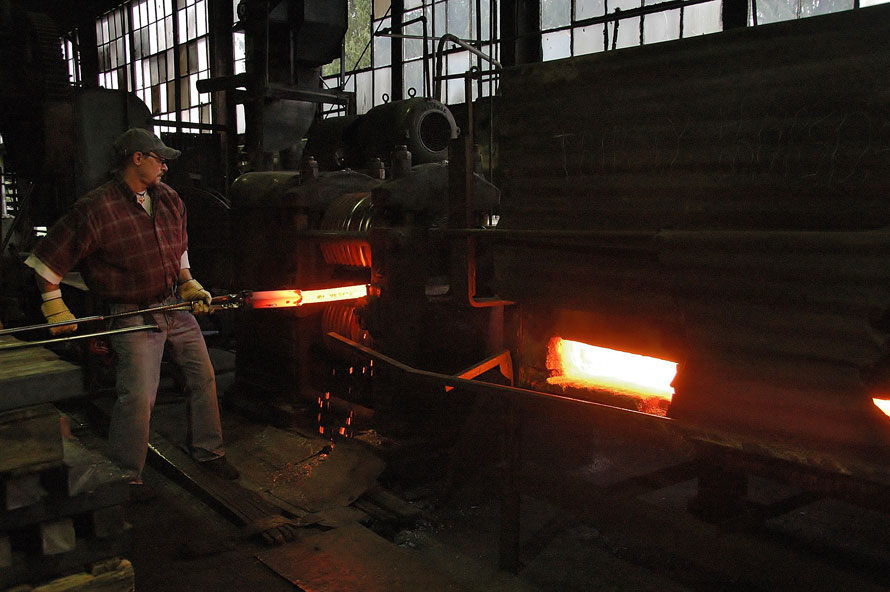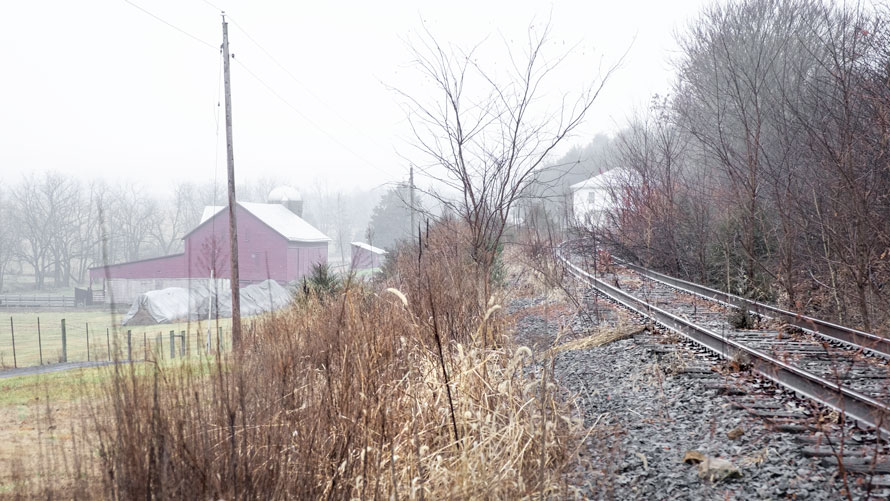On the Anniversary of 25 Years Behind a Nikon
Practically everyone, of a certain age at least, and photographer or not, knows that singer-songwriter Paul Simon belted out the praises of Kodachrome film and a Nikon camera way back in 1973. The combination of the two could make for some powerful photography, in the hands of a capable photographer.
While I’d used Kodachrome 64 film almost exclusively since early 1991, I didn’t have a Nikon camera. I’d first used my dad’s Pentax K1000 surreptitiously and without his permission, and then a similarly handling Vivitar V2000 of my own. The Vivitar used K-mount (Pentax) lenses, so in addition to my own gear, I was still able to use dad’s glass, which he was much more willing to “loan out” than his beloved camera.
Finally, in the late winter of 1995, in anticipation of my forthcoming graduation from college, my parents gifted me a Nikon FM2 SLR camera, along with an MD-12 motor drive and two Nikkor lenses. The motor drive was powered by a bank of 8 “AA” batteries; once connected to the camera with a lens, the combined assembly was heavy as a brick. But I didn’t care. At last, I had a Nikon camera.
Read more